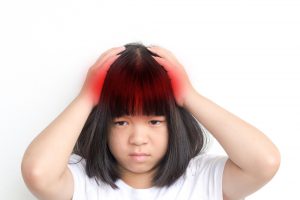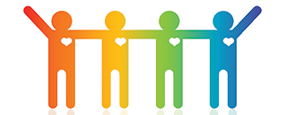
By BlurryMe at Shutterstock
The words Acquired Brain Injury (ABI) are shocking to hear whether you are an adult or the parent of a young child. Unfortunately, these are the words that more than one million people in the United States hear every year. Survivors of an ABI, including children, must learn how to adjust to the new normal, complete their daily tasks, and relearn basic life skills.
What Is an ABI?
Did you know that acquired brain injuries can occur in a wide variety of circumstances? In layman’s terms, an ABI is caused when there is a lack of oxygen in the brain. This type of injury can happen to anyone from any walk of life. In fact, acquired brain injuries often happen to children. With this insight in mind, it is important to note that brain injuries suffered at birth or from degenerative diseases do not fall under the ABI umbrella.
Learn More About the ABI Risk Factors for Children
According to the Center for Disease Control and Prevention (CDC), the leading cause of disability and death in children is a brain injury. Children between 0 – 4 and 15 – 19 years of age are at the highest risk of brain injury. Each year, an estimated 564,000 children are admitted to the hospital with suspected brain-related injuries. The majority of these children are given treatment plans and released from the hospital. Additionally, each year, there are about 37,000 children of ages 0 – 14 who are hospitalized due to brain injuries. With these statistics in mind, the most common ABI risk factors for children include car accidents, sports-related injuries, physical abuse, falls, and other causes.
Rehabilitation and Hope After an Acquired Brain Injury
The good news for parents and children suffering from an ABI is that the brain is a resilient and miraculous organ. The brain has the unique ability to reroute signals from damaged areas to non-damaged portions, which means that many survivors can fully recover after suffering an ABI. In other words, the brain can retrain and reset its neuropaths to create “a new normal” after a traumatic event. However, it is important to note that the rehabilitation path is long and gruelling. It will require complete support from family members and caregivers to keep survivors hopeful as they relearn how to perform daily activities. With time, therapy, and the support of an online community, significant progress can be made after an ABI.
Discover Valuable Resources for Survivors and Family Members
Whether you or your child has suffered from an acquired brain injury, the TryMunity community is here to help. Our resources are designed to answer your most pressing questions, while simultaneously connecting you with other survivors and family members. It is our goal to give you the caring, supportive, and understanding environment that you and your family need to begin healing. Find hope through our valuable medical resources and FAQ pages. Begin your journey towards rehabilitation by joining the TryMunity community today.



